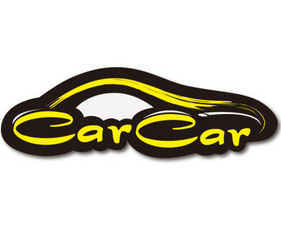Common Rail System Advantages
Posted: 2015-08-19 04:38:16 Hits: 4536
Common rail system is different from the diesel injection system driven by camshaft. Common rail system separates injection pressure and injection process completely. Injector controlled by solenoid valve takes place of traditional mechanical injector. The fuel pressure in fuel rail is produced by radial piston high pressure pump. Fuel pressure inside common rail is controlled by an electromagnetic pressure regulating valve. Continuous pressure regulation is carried out according to requirements of engine. ECU controls injector.
High pressure oil pump transmits fuel to common delivery pipe, then, fuel is injected directly into cylinder through injector. Common rail system separates injection and oil pressure completely so that oil pressure cannot be influenced by revolving speed of engine.
Common rail system advantages:
1. Injection pressure in high pressure common rail system can be adjusted flexibly, providing the best pressure to different conditions and optimizing overall performance of diesel engine.
2. Control injection timing independently and flexibly. Cooperating with high injection pressure (120MPa~200MPa), the system can control NOx and particulate matters (PM) at a low numerical value, meeting emission requirements.
3. Control injection rate variation flexibly to realize ideal injection rule. Pilot injection and multiple-injection can be realized easily, which not only can reduce NOx emission, but also can ensure excellent power and efficiency.
4. For injection being controlled by magnetic valve, common rail system has higher control precision. So, bubbles and zero-residual voltage cannot appear in high pressure oil-way. In operating range of engine, circulating injection quantity has low variation. Unequal oil supply in every cylinder can be improved, relieving engine vibration and reducing emission.




